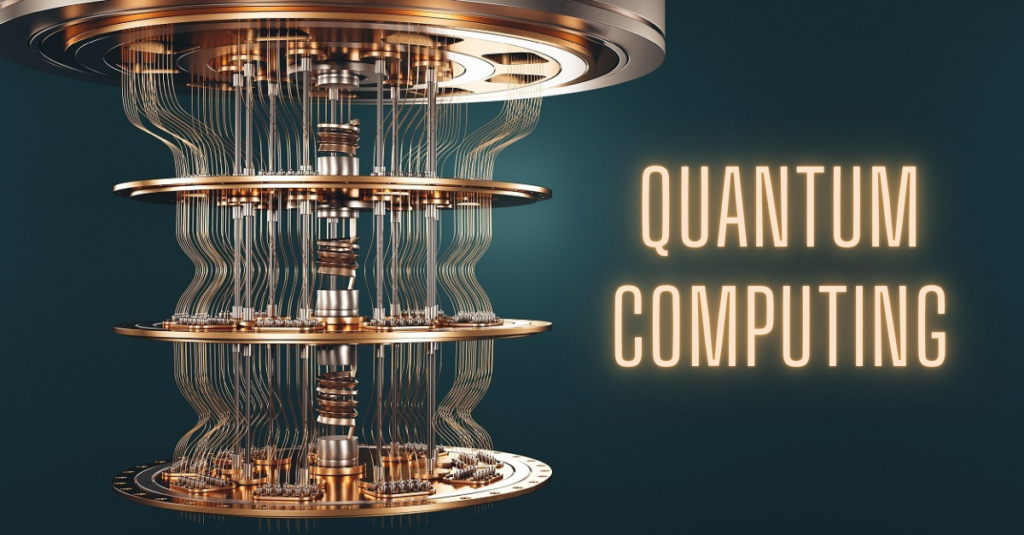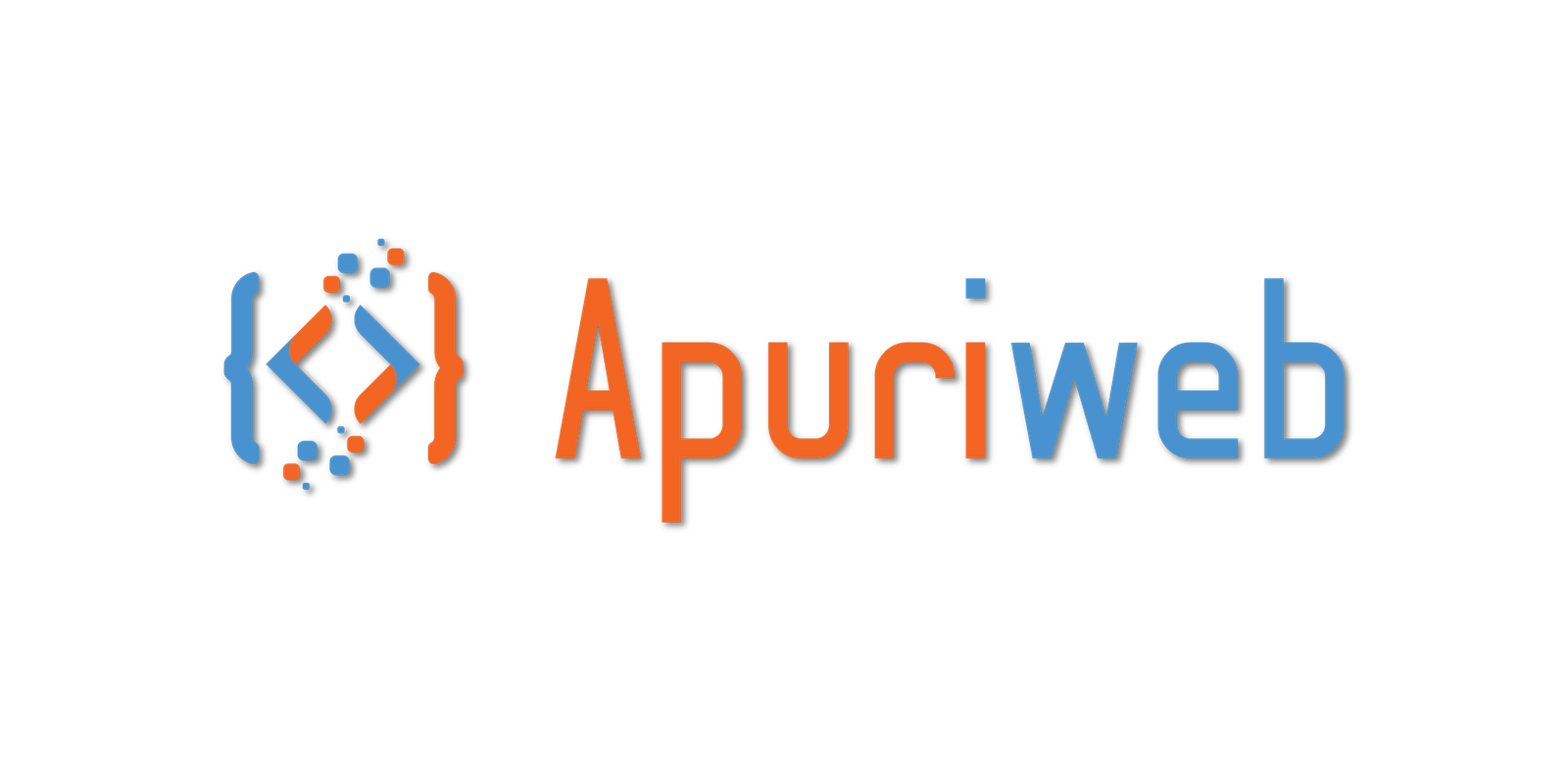
Here’s a more comprehensive overview of quantum computing:
Principles of Quantum Mechanics:
Quantum computing is grounded in the principles of quantum mechanics, a fundamental theory in physics that describes the behavior of matter and energy at the atomic and subatomic levels. Some key concepts include superposition, entanglement, and uncertainty.
Qubits:
In classical computing, a bit can be in one of two states: 0 or 1. In quantum computing, the basic unit of information is the quantum bit or qubit. Qubits can exist in a superposition of both 0 and 1 states simultaneously. This allows quantum computers to perform multiple calculations in parallel.
Superposition: Superposition is a fundamental property of qubits. A qubit can be in a state that is a linear combination of both 0 and 1, represented as |0⟩ and |1⟩. Mathematically, this is denoted as |ψ⟩ = α|0⟩ + β|1⟩, where α and β are complex probability amplitudes, and |α|^2 + |β|^2 = 1.
Entanglement: Entanglement is a unique and non-classical correlation between two or more qubits, even if they are physically separated. When qubits become entangled, their states become interdependent, and changes to one qubit’s state instantly affect the others. This property enables quantum computers to perform certain computations exponentially faster than classical computers.
Quantum Gates: Quantum gates are analogous to classical logic gates and are used to manipulate qubits in quantum circuits. These gates perform operations such as flipping qubit states, creating superpositions, and entangling qubits. Common quantum gates include Hadamard gate, CNOT (Controlled-NOT) gate, and Pauli gates.
Quantum Algorithms: Quantum algorithms are algorithms designed specifically to leverage the power of quantum computers for solving certain problems more efficiently than classical algorithms. Notable examples include:
- Shor’s algorithm: Can factor large numbers in polynomial time, breaking RSA encryption and other cryptographic protocols that rely on the difficulty of factoring large numbers.
- Grover’s algorithm: Speeds up the search in an unsorted database quadratically, providing a square root speedup over classical search algorithms.
Quantum Error Correction: Quantum systems are highly sensitive to noise and decoherence, which can lead to errors in quantum computations. Quantum error correction techniques are vital to mitigate these errors and maintain the integrity of quantum information during computation.
Challenges: Quantum computing faces numerous challenges, including decoherence (loss of quantum information), scalability (building larger quantum computers with more qubits), error rates, and the need for fault-tolerant quantum computing.
Quantum Hardware: Various physical implementations of qubits exist, such as superconducting circuits, trapped ions, topological qubits, and more. Companies and research institutions are working on developing and improving quantum hardware technologies.
Applications: Quantum computing has the potential to revolutionize various fields, including cryptography, optimization problems (e.g., traveling salesman problems), simulating quantum systems (e.g., molecules and materials), and machine learning.
As of my last update in September 2021, quantum computing was still in its early stages, and practical, large-scale quantum computers were yet to be realized. However, researchers and companies continue to make significant progress, and the future of quantum computing looks promising.
